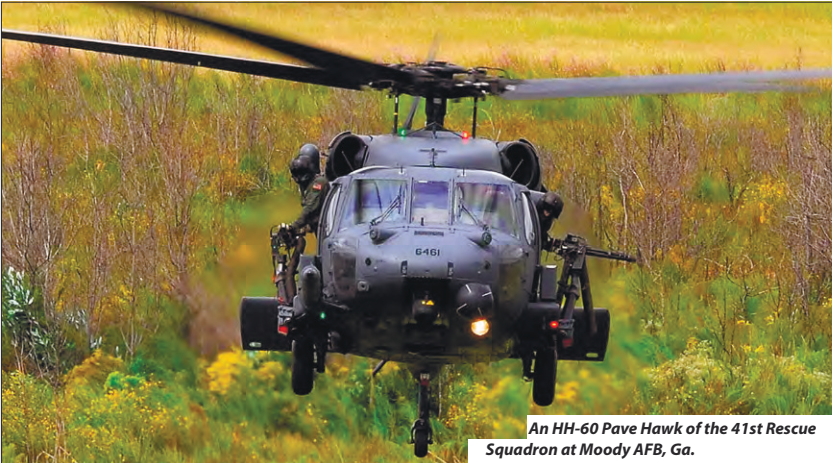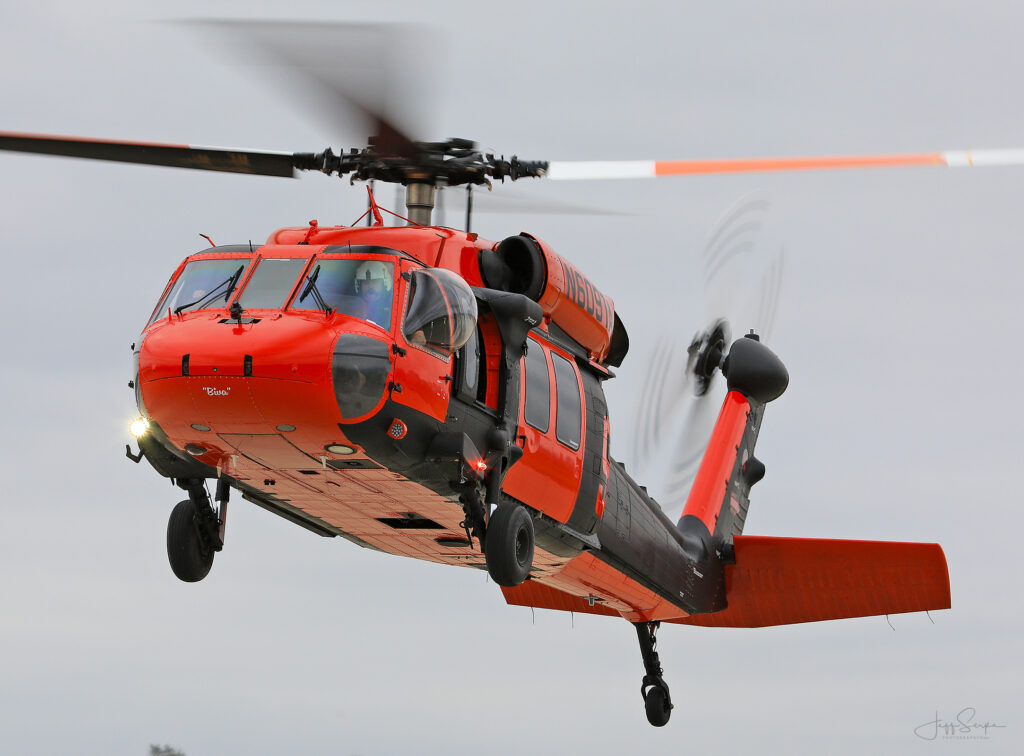The UH 60: Exploring Its Role in Modern Military Operations and Versatility
The UH 60: Exploring Its Role in Modern Military Operations and Versatility
Blog Article
Exploring the Background and Development of the UH 60 Helicopter

Origins of the UH-60
The beginnings of the UH-60 helicopter can be traced back to the late 1960s, a period marked by the need for a functional utility aircraft that could adjust to the developing demands of modern-day warfare. The united state Army recognized the necessity for a replacement for the older UH-1 Iroquois, which was coming to be increasingly inadequate for the complexities of contemporary combat circumstances. In 1967, the Military started the Energy Tactical Transport Airplane System (UTTAS) program, which sought to create a multi-role helicopter with the ability of various objectives, consisting of troop transport, medical evacuation, and logistical support.
The UH-60 Black Hawk was introduced, showcasing innovative style elements and progressed technology that set it apart from its precursors. The UH-60 promptly obtained recognition for its robust efficiency, reliability, and versatility, paving the method for its substantial use in armed forces procedures and solidifying its standing as a keystone of U.S. Army aviation.
Key Style Features
Ingenious layout functions of the UH-60 Black Hawk significantly add to its functional efficiency. Among one of the most remarkable elements is its twin-engine configuration, which boosts integrity and gives a higher power-to-weight ratio, enabling the helicopter to carry out under numerous conditions. The airplane's four-blade primary rotor system offers enhanced lift and ability to move, necessary for tactical missions.

Additionally, the cabin is made for optimum exposure and functional designs, featuring advanced avionics that simplify pilot procedures. The modular layout of the UH-60 enables for easy upkeep and adaptability, making it suitable for numerous objective accounts, from army transport to medevac procedures. These key style features make certain that the UH-60 Black Hawk stays a trustworthy and functional property in military air travel, efficient in meeting the demands of modern-day war.
Technological Innovations
Recent technical developments in the UH-60 Black Hawk have actually significantly improved its operational capabilities and flexibility. The assimilation of innovative avionics, such as digital flight control systems and boosted situational awareness displays, enables pilots to operate with enhanced accuracy and performance. These systems help with improved navigating, communication, and information sharing, allowing the helicopter to operate efficiently in diverse settings.
In addition, the intro of composite products has decreased the general weight of the aircraft while preserving architectural honesty. This decrease boosts gas efficiency and prolongs functional variety. The consolidation of innovative rotor innovation, consisting of making use of four-blade, completely verbalized rotor systems, has actually improved lift performance and ability to move, permitting much better handling in various trip conditions.

Additionally, innovations in propulsion systems, such as the T700-GE-701D engines, have actually raised power output and reliability - uh these details 60. These engines add to premium efficiency in hot-weather and high-altitude problems
Finally, the combination of self-defense systems and improved sensing unit packages boosts the Black Hawk's survivability and objective efficiency. Collectively, these technical enhancements guarantee that the UH-60 Black Hawk remains a vital property in modern aviation, site web efficient in adjusting to the developing demands of army and altruistic goals.
Duty in Military Procedures
As the backbone of U.S. Military aviation, the UH-60 helicopter plays a crucial function in various military procedures, functioning as a versatile system for combat assistance, transportation, and medevac missions - uh 60. Its design includes the ability to operate in varied environments, making it vital for army activity and logistical assistance in both unconventional and traditional warfare

In clinical emptying situations, the UH-60 has proven invaluable, substantially lowering the moment to carry wounded soldiers from the battlefield to medical facilities. Its advanced avionics and evening vision abilities further make sure objective success under challenging problems. In general, the UH-60 helicopter remains a crucial property, continually adapting to meet the evolving needs of military operations and improving the efficiency of U.S. pressures worldwide.
Future of the UH-60
Looking ahead, the future of the UH-60 helicopter entails considerable developments in modern technology and capabilities made to improve its operational effectiveness. As army operations progress, the UH-60 is anticipated to integrate advanced modern technologies, including boosted avionics, enhanced tools systems, and progressed interaction devices. These enhancements will enable greater situational recognition and goal versatility, ensuring that the UH-60 continues to be an important property on the combat zone.
One noteworthy advancement is the assimilation of fly-by-wire systems, which will boost flight control precision and minimize pilot work. Furthermore, initiatives to upgrade the airframe and engines Homepage aim to raise haul, rate, and range ability, thereby expanding the helicopter's operational range (uh 60).
The future additionally holds promise for increased interoperability with unmanned aerial systems (UAS), enabling collaborated goals that utilize both manned and unmanned capacities. In addition, the unification of synthetic intelligence and device discovering might enhance flight characteristics and upkeep procedures, causing minimized operational costs.
Conclusion
The UH-60 Black Hawk helicopter stands for a substantial success in armed forces aeronautics, advancing from the united state Army's initial needs for a functional energy aircraft. Its innovative layout functions and continuous technical innovations have actually ensured its significance in different army operations over the years. As the needs of modern warfare modification, the future of the UH-60 will likely involve additional enhancements and adaptations, enhancing its status as a vital asset for armed pressures worldwide.
The UH-60 Black Hawk helicopter represents a significant landmark in military aeronautics, arising from the U.S. Military's quest for a much more flexible and trusted energy aircraft in the late 20th century.The beginnings of the UH-60 helicopter can be mapped back to the late 1960s, a period marked by the requirement for a functional utility aircraft that can adapt to the advancing demands of contemporary warfare. Generally, the UH-60 helicopter remains a crucial asset, constantly adjusting to meet the progressing demands of army procedures and improving the performance of U.S. pressures worldwide.
Looking in advance, the future of the UH-60 helicopter involves substantial improvements in innovation and capabilities created to enhance its operational performance.The UH-60 Black Hawk helicopter represents a substantial achievement in military air travel, advancing from the U.S. Military's first demands for a flexible energy airplane.
Report this page